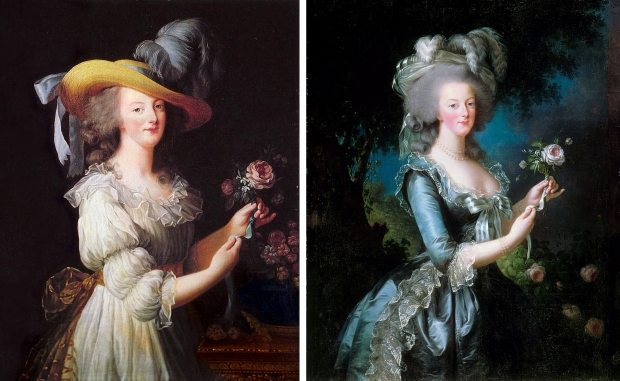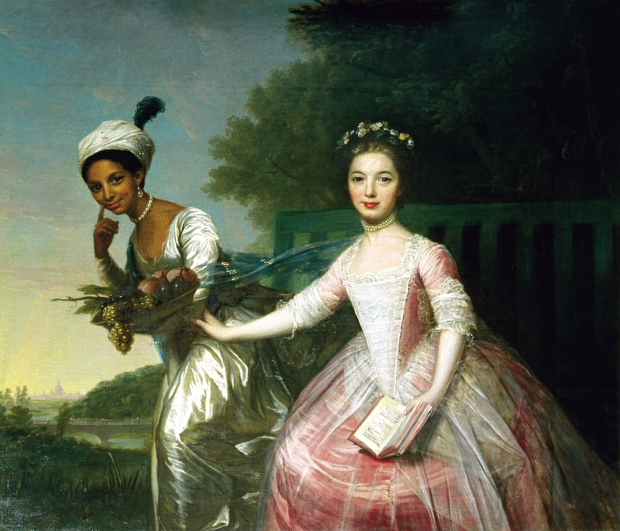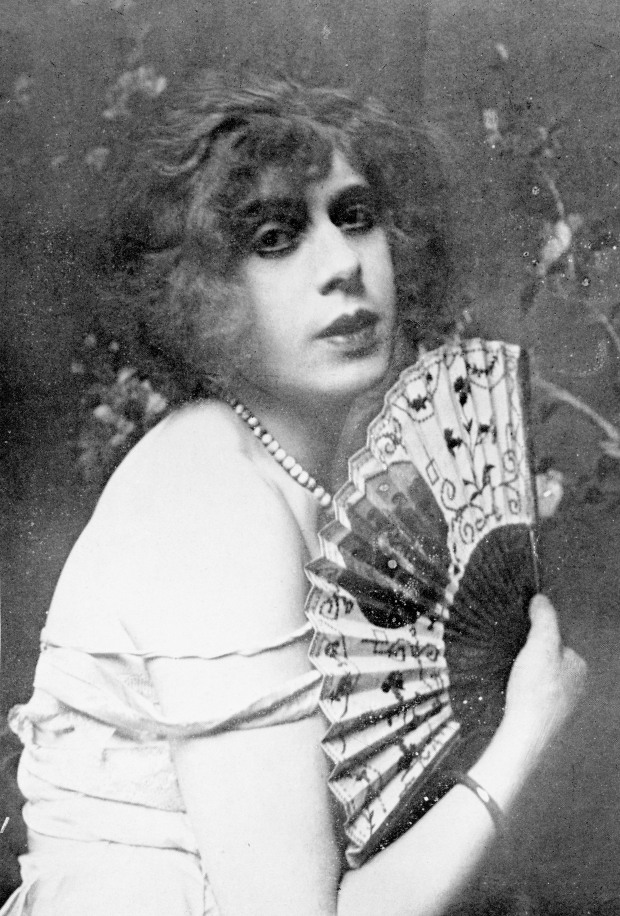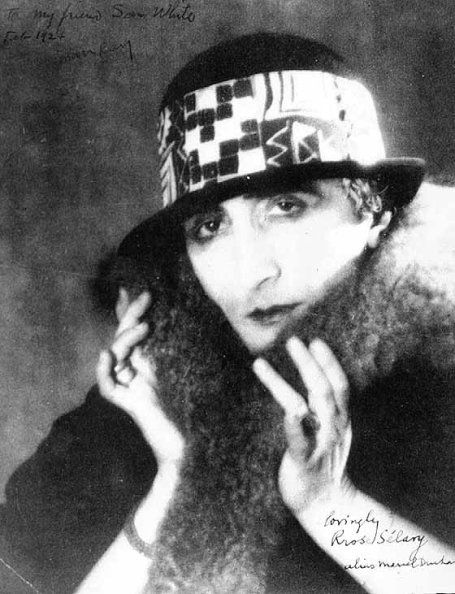Mirzoeff’s idea of being a citizen in the era of globalization means immersing ourselves into our visual culture, think about the world going on around us through social media, graffiti, film, art, etc. To be a citizen of today’s society is to be exposed to visual activism and think visually. We as individuals are visual thinkers and activists. Mirzoeff states that allows us to create “a new self image, new ways to see and be seen, and new ways to see the world”. (Mirzoeff, 279).
I feel like, though the world has globalized and advanced at such an unprecedented level, we still have problems like Sex Trafficking of women and prepubescent children. As of 2013, this is the third largest criminal industry. I will be exploring this particular issue in depth over the next few weeks; whether I break it down to one issue (such as Child Sex Tourism, JK Business, etc) or to the entirety of the issue will be more obvious as time goes by. Really if you had to breakdown Sex Trafficking, there are many factors involved such as:
- Different types of trafficking such as Pimp controlled trafficking, family controlled trafficking, etc
- Sex Trafficking and prevalence in nations such as India, Thailand, the Netherlands, and if cultural norms/economic, socio-political climates allow this industry to thrive or go underground. For example, Bangladesh is the only Muslim country that has legalized prostitution.
- Profile of victims – why, what, when do they become victims of sex trafficking? What are the numbers, statistics?
- How does governments and NGO combat these issues? Why is it still happening despite such organizations combating (or not combating).

My Aim: I want to create a series of visual images that demonstrate visual activism; to provoke a reaction and to create a discussion. Whether it pushes the audience to do something about this issue or make them think about it, who knows. The media I want to use is watercolour and ink and create a painting series; at the moment I do not know the number of paintings within the series but I do want to portray the grim realities of sex trafficking and its consequences.

Above are ads raising awareness against sex trafficking and uses iconography associated with sex trafficking mixed with thoughtful compositions and slogans.
Next week I will create mind maps on the issue in depth, visual activism/thinking, gather more information and book readings.

















